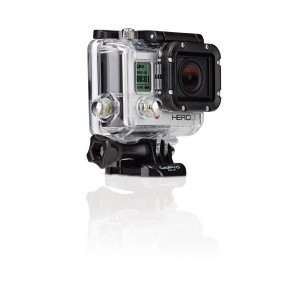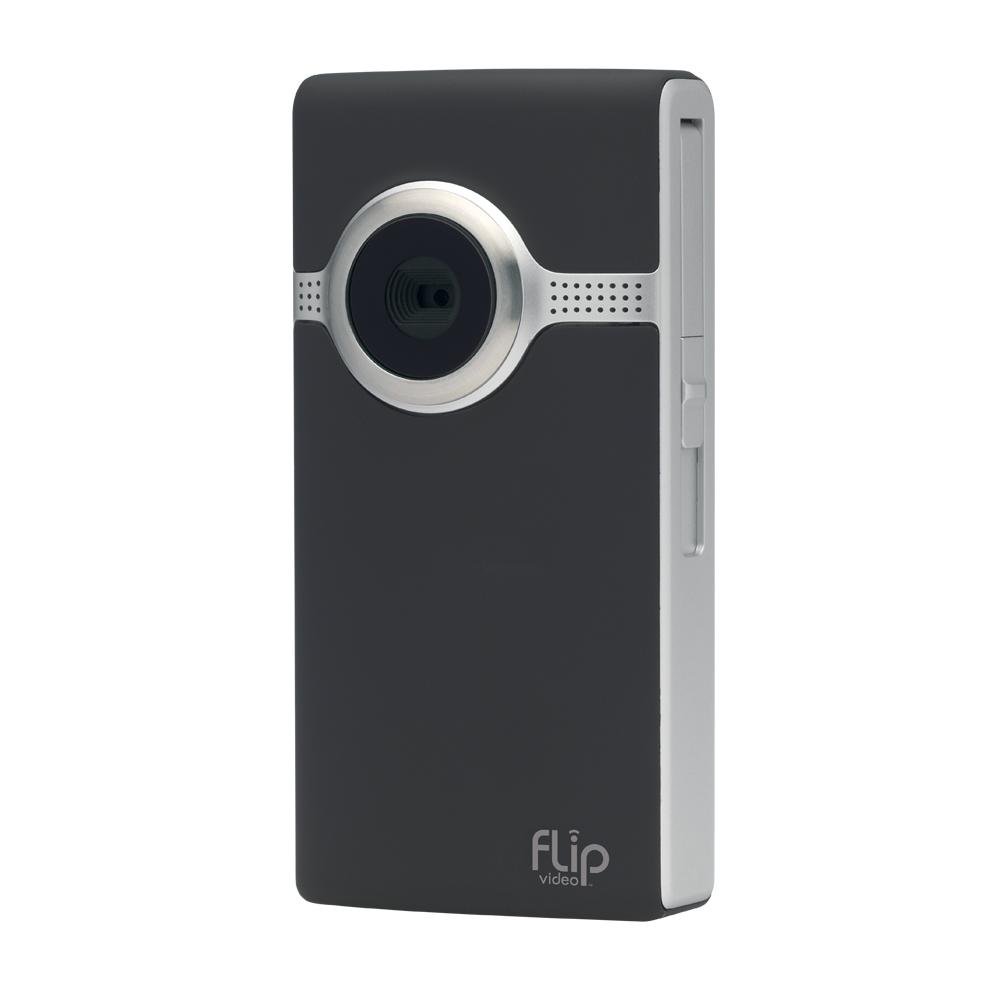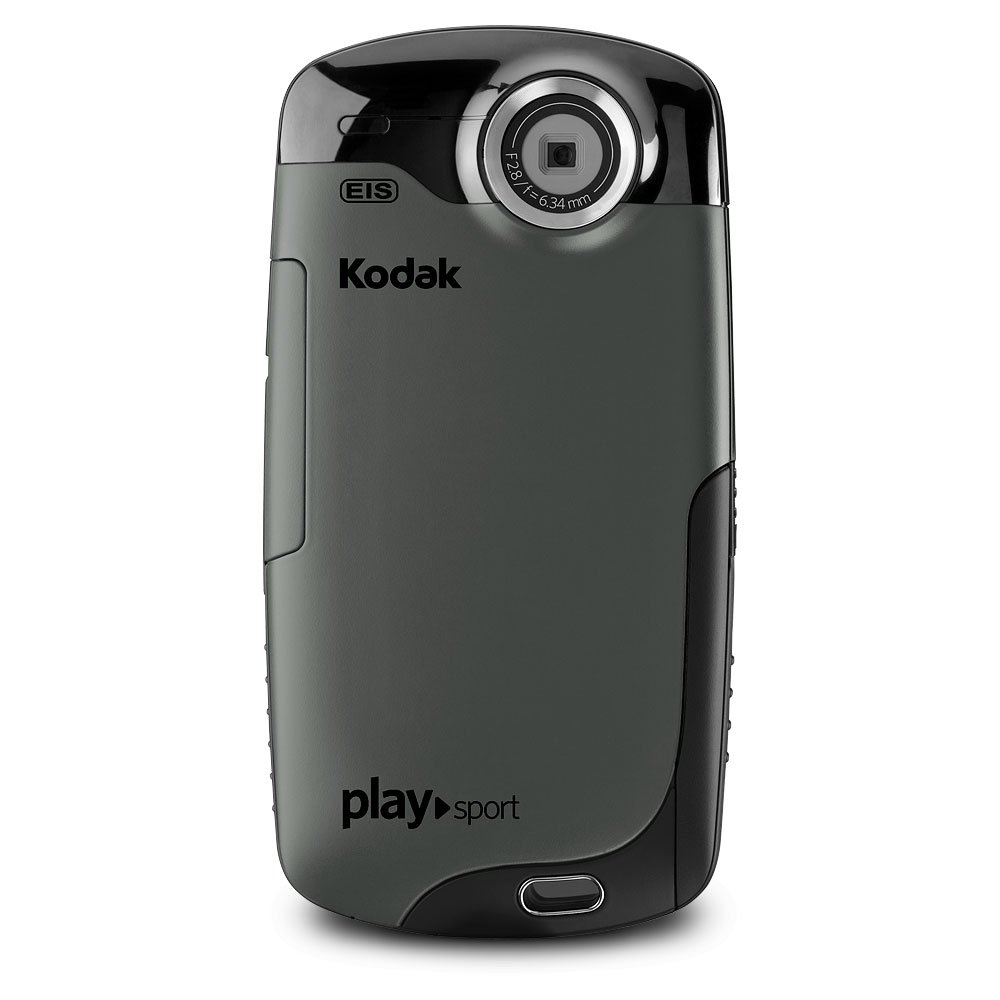Video is a powerful tool – racers and fans alike will sit and watch racing videos for hours on end. That’s why it should be no surprise that a video camera is a great investment for racing teams and students alike. Have you thought about what video could do for your racing program or racing career?
 With a bit of practice, you can use a video camera to produce racing content that takes your program to the next level. From producing racing recaps and insider-content for your team’s website to creating video-sponsor pitches to raise money for the season, video is the newest and most compelling media tool on the web right now. Give your fans a tour of your hauler or race shop, post an interview with your driver and crew, or pitch a sponsor on the benefits of partnering with your race team. You can even do a video resume if you’re a racing student looking for a racing internship or career – giving potential employers a dimensional view at your skills and experience.
With a bit of practice, you can use a video camera to produce racing content that takes your program to the next level. From producing racing recaps and insider-content for your team’s website to creating video-sponsor pitches to raise money for the season, video is the newest and most compelling media tool on the web right now. Give your fans a tour of your hauler or race shop, post an interview with your driver and crew, or pitch a sponsor on the benefits of partnering with your race team. You can even do a video resume if you’re a racing student looking for a racing internship or career – giving potential employers a dimensional view at your skills and experience.
We recently purchased a new GoPro Hero3 for a racing client and have been testing it out. It’s pretty impressive, especially considering the price point. The fact that it’s shock-proof and waterproof makes it perfect for strapping onto a race car, whether it’s on dirt or asphalt. The camera has built-in wifi, and although the GoPro remote is sold separately for $80, you can operate the camera remotely using the iPhone app. The app, while not perfectly programmed, gives you lots of options for using live feed and controlling the camera from afar. It’s also extremely small and light, so a driver could easily strap it onto their wrist without a loss of function, etc. The camera also comes with a few standard mounts, but you’ll probably want to purchase a roll bar mount if you’re putting it on the car or a wrist strap or head mount if you’re wearing it as a crew member.
In 2013, GoPro set it self apart for racers with a new design and price point. With the dissolution of the Flip technology, we would definitely recommend the GoPro as THE solution for racers and students.


